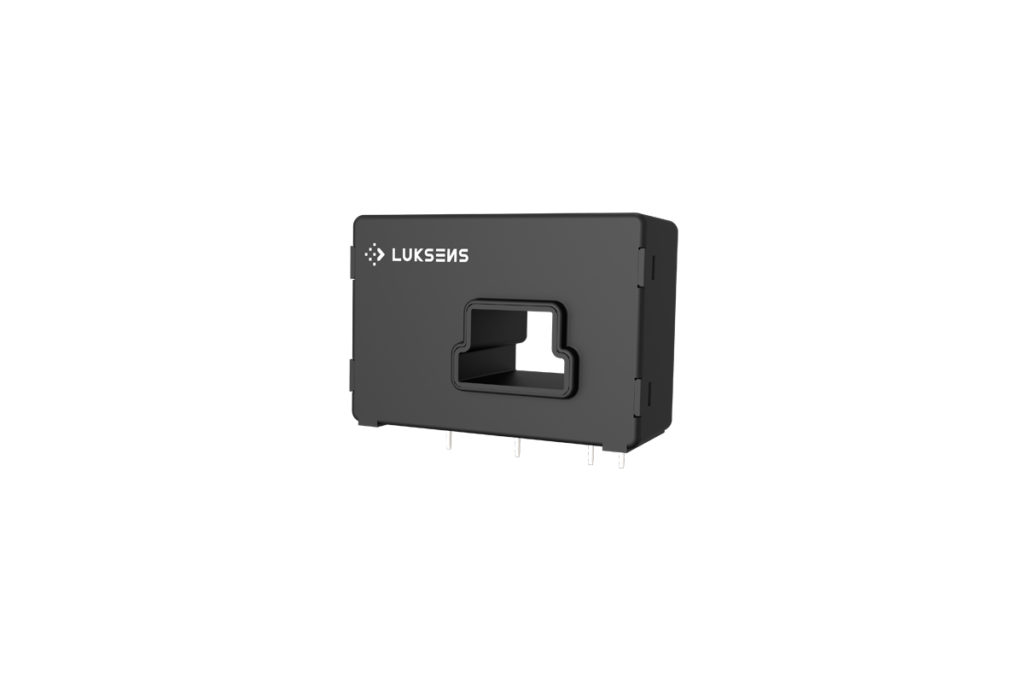Elevator
- Home
- INDUSTRIAL AUTOMATION
- Elevator
Elevating Efficiency: The Impact of Current Sensor Technology on Elevators
Introduction:
In the dynamic landscape of technological progress, the elevator industry stands at the forefront of innovation, with current sensor technology emerging as a transformative force. These electronic devices, designed to measure electric charge flow, are reshaping the way elevators operate, ensuring enhanced performance, safety, and energy efficiency.
Motor Control Precision:
At the heart of elevator functionality lies the motor control system. Current sensors, integrated into these systems, provide real-time feedback on electrical current flow through the motor. This dynamic monitoring allows for precise control adjustments, optimizing motor performance and delivering a smooth and secure ride for passengers.
Predictive Maintenance:
Unplanned elevator downtime can be a costly inconvenience. Current sensors play a crucial role in predictive maintenance by continuously monitoring current levels in key components. By detecting anomalies early on, maintenance teams can proactively address issues, minimizing downtime, and extending the lifespan of elevator systems.
Energy Efficiency Solutions:
Elevators are notorious energy consumers, and the integration of current sensors addresses this concern. By facilitating energy-efficient motor control strategies, such as variable frequency drives, current sensors optimize energy consumption. These drives adjust motor speed based on demand, reducing energy usage during periods of low activity and contributing to overall energy efficiency.
Smart Building Integration:
The trend towards smart buildings is influencing elevator design. Current sensors, when coupled with IoT platforms, provide valuable data for analysis. This data-driven approach empowers building operators to make informed decisions, optimize elevator usage, and enhance the overall efficiency of smart buildings.
Safety and Compliance:
While embracing technological advancements, maintaining safety is paramount. Current sensors must adhere to rigorous safety standards, ensuring passenger well-being and system integrity. Regulatory bodies play a crucial role in establishing guidelines, ensuring that current sensor implementations align with industry standards.
In conclusion, the synergy between current sensor technology and elevators represents a leap forward in vertical transportation. From precision motor control to predictive maintenance and energy efficiency, current sensors are steering the elevator industry towards a future of enhanced performance, safety, and sustainability. As this symbiotic relationship continues to evolve, the elevator experience will undoubtedly reach new heights.
Product for elevator:
- Non-contact measurement of high current
- Close-Loop measurement (compensated)
- Max. measuring range ±300A (DC or AC peak)
- Nearly zero magnetic hysteresis
- Superior temperature stability and linearity
- High frequency bandwidth 100kHz
- Fast response <1μs
- Accurately measures AC, DC and pulse currents
- Fast response <0.5μs
- High immunity from external interference
- Excellent current overload capacity



